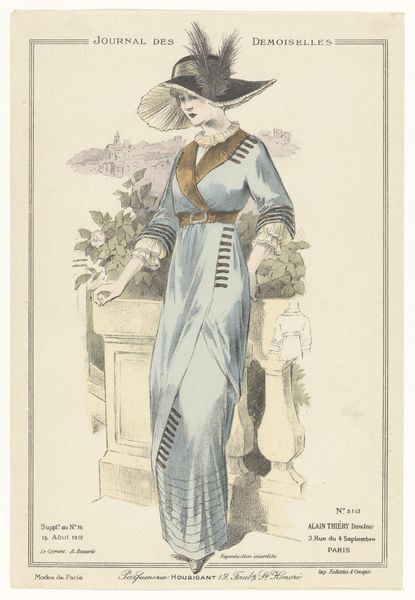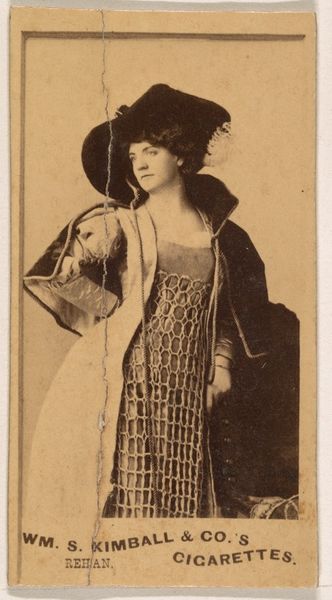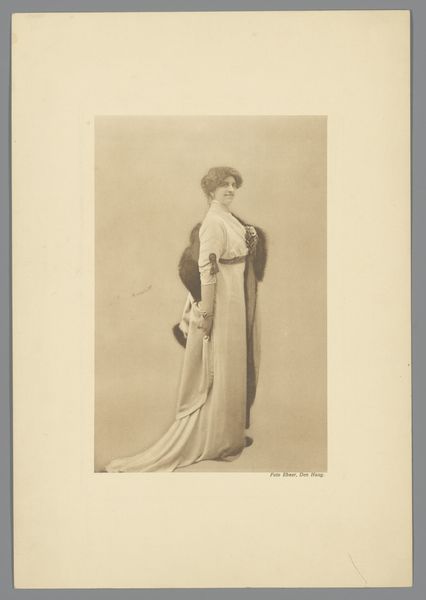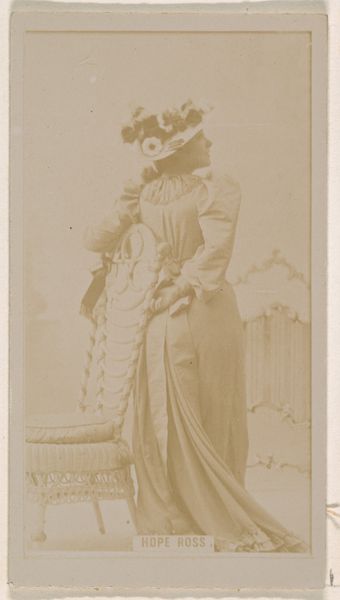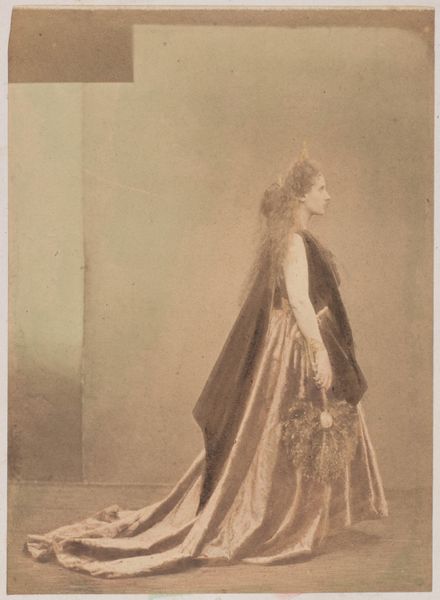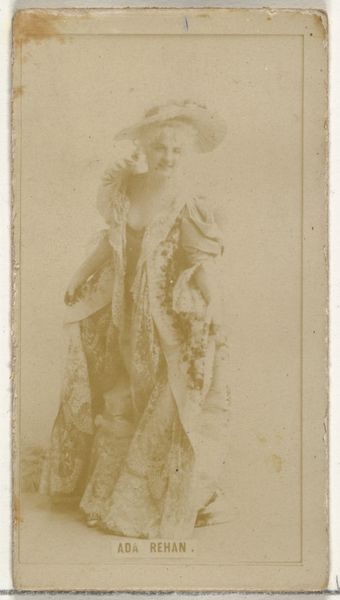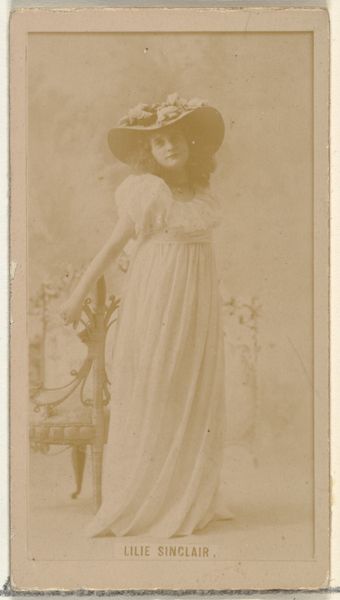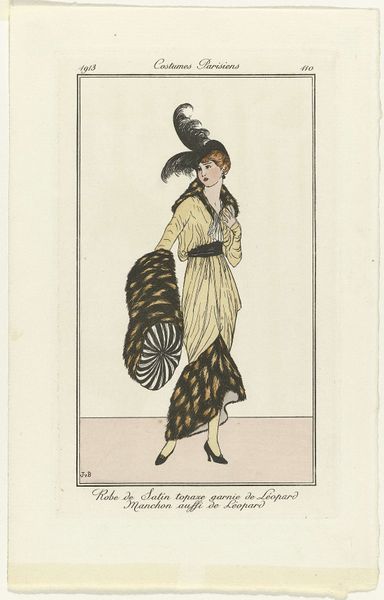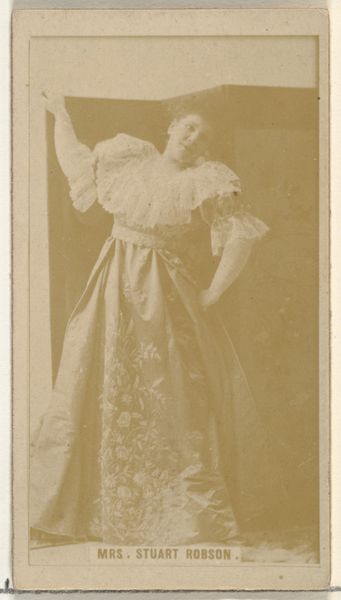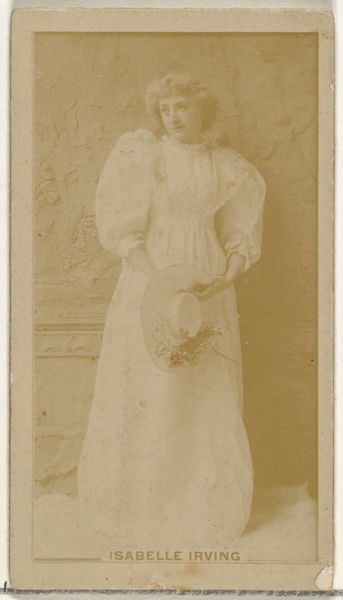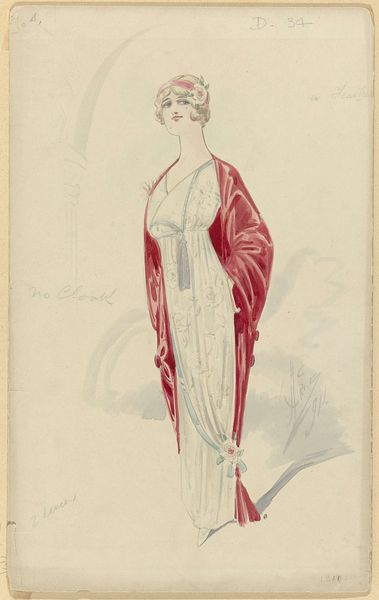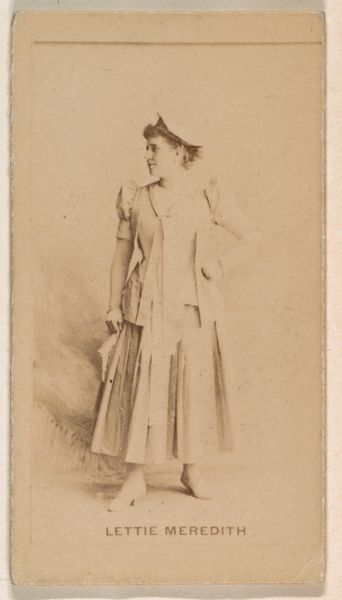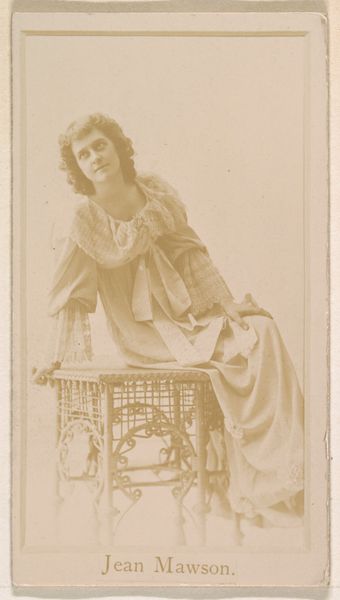
drawing, print, paper, pen
#
portrait
#
drawing
#
art-nouveau
# print
#
paper
#
historical fashion
#
pen
Dimensions: height 285 mm, width 195 mm
Copyright: Rijks Museum: Open Domain
Editor: This is "Journal des Demoiselles, 15 Juin 1912, no. 5099," a print on paper, created with pen. I find the elegance and sophistication of the depicted woman captivating. The fashion is elaborate. How do you interpret this work, particularly within its historical context? Curator: This image provides a fascinating glimpse into the cultural construction of femininity and class in early 20th-century France. It’s not just a fashion plate; it's a statement. The "Journal des Demoiselles" targeted upper-class women, dictating ideals of beauty and behavior. The woman's elaborate attire – the large hat, the fur stole, the restrictive dress – all signify status and adherence to societal norms. Who do you think benefitted from such messaging, and how might it have affected women of different social classes? Editor: It seems like it would have mostly benefitted the commercial industries, selling beauty products and clothing to mostly wealthy women who had time to spend shopping. For other women, maybe this image suggested an ideal they couldn't realistically achieve? Curator: Exactly. These images normalized a specific vision of femininity deeply entwined with consumerism and leisure. But it's crucial to consider the labor behind these images and these fashions, the countless working-class women whose labor made this idealized lifestyle possible. These images reinforce a social hierarchy, obscuring the labor and economic inequalities on which they depend. Did you notice how her dress is also obscuring her body, perhaps representing a feeling of constraint? Editor: Yes, and I hadn't considered that so directly. Seeing it this way, the drawing isn't just about beauty, but about power and economics too. Curator: Precisely. And by examining these visual cues, we can better understand the complex interplay of gender, class, and consumerism in shaping social norms during that period. The details give context to bigger themes of society, expectation, and constraint. Editor: Thanks, it's interesting how what seems simply decorative actually points to deeper social structures.
Comments
No comments
Be the first to comment and join the conversation on the ultimate creative platform.
